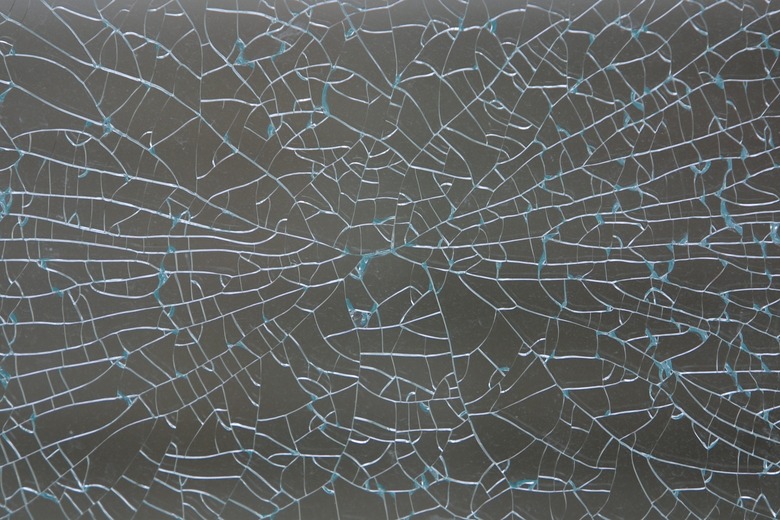How To Make Water Polymer Balls At Home
Cups, bottles, toys, shower curtain liners, food containers, CD boxes: look around and you will probably see lots of plastic in your environment. Plastic is a type of synthetic polymer, which is a substance made up of many repeating structures. Polymers also form natural substances, such as proteins, starches and cellulose. Manufactured polymers share many properties, including resistance to chemicals, insulating ability and strength. You can make your own bouncing polymers with ordinary household materials.
Bring on the Ball
Step 1
Cover your workspace with newspapers or paper towels.
Step 2
Combine the borax and water in a plastic cup, then stir with a Popsicle stick.
Step 3
Add a few drops of food coloring, if desired.
Step 4
Add the cornstarch to the borax solution, then stir.
Step 5
Add the borax-and-cornstarch solution to the cup containing the white glue. Stir until it is very thick.
Step 6
Pull the mixture out of the cup. Knead and roll it into a ball shape. Continue rolling until it is relatively dry.
Step 7
Add more cornstarch, half a teaspoon at a time, if the ball is too sticky.
Step 8
Coat the outside of the ball with white glue for extra protection, if desired. Set the ball on wax paper while the glue dries.
Step 9
Store in a sealed plastic bag.
Things Needed
- Newspapers or paper towels
- 1 empty disposable plastic cup
- 2 Popsicle sticks
- ½ teaspoon powdered borax, a laundry additive
- 3 teaspoons warm water
- Food coloring (optional)
- 2 teaspoons cornstarch
- 4 teaspoons white glue in a plastic cup
- Extra cornstarch (optional)
- Extra white glue (optional)
- Wax paper (optional)
- 1 ziplock bag
TL;DR (Too Long; Didn't Read)
You can make a larger ball by increasing the amount of ingredients. Always use the same proportions.
Cite This Article
MLA
Sherwood, Susan. "How To Make Water Polymer Balls At Home" sciencing.com, https://www.sciencing.com/make-water-polymer-balls-home-17185/. 24 April 2017.
APA
Sherwood, Susan. (2017, April 24). How To Make Water Polymer Balls At Home. sciencing.com. Retrieved from https://www.sciencing.com/make-water-polymer-balls-home-17185/
Chicago
Sherwood, Susan. How To Make Water Polymer Balls At Home last modified March 24, 2022. https://www.sciencing.com/make-water-polymer-balls-home-17185/
